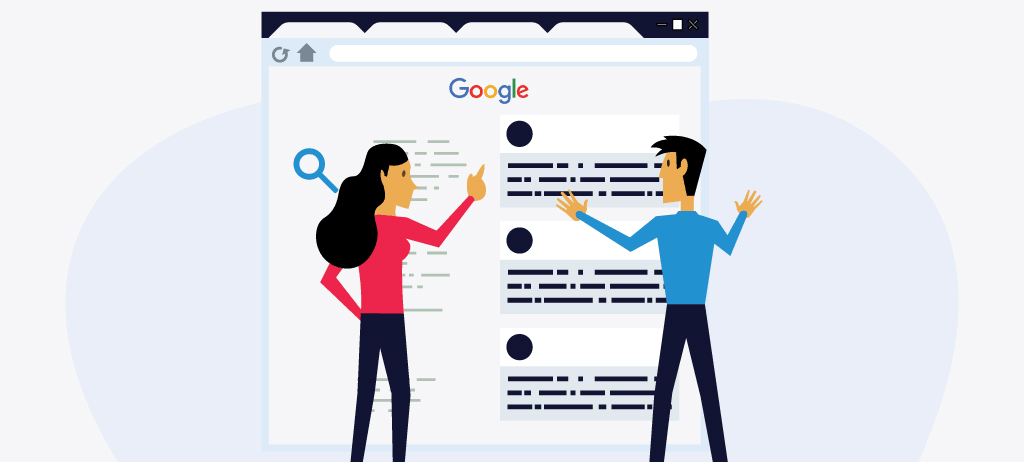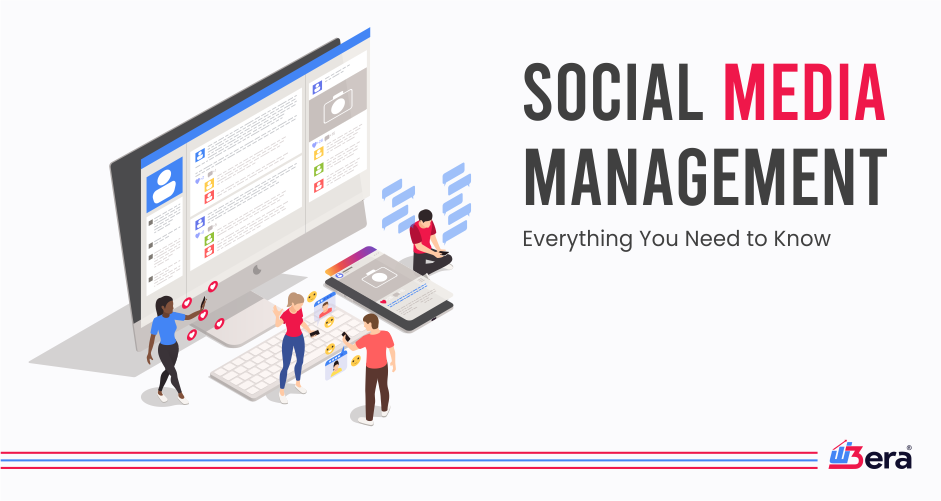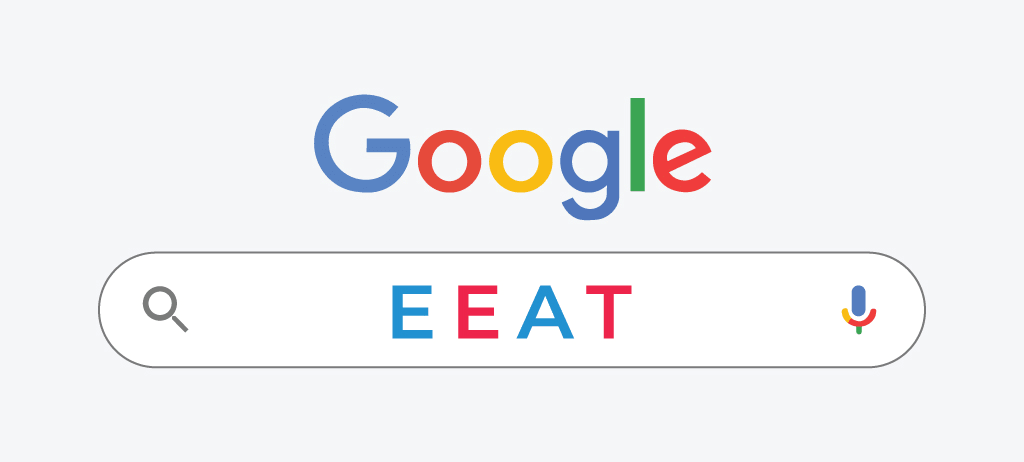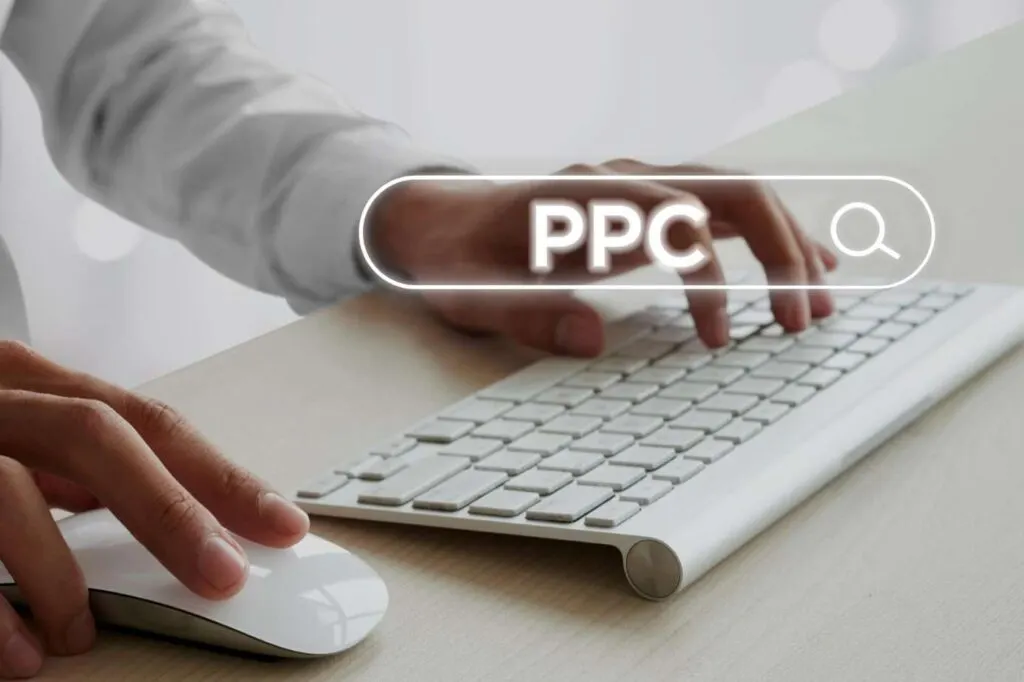
How to Get Your Content Indexed by Google: Your Stepwise Indexing Guide

Do you know? What is the content index for Google? Google index finds the most relevant content to match the user search query. It makes indexing a vital part of your SEO. These days, businesses with well-developed content and optimized pages cannot rank on search engines.
Why? The main culprit here is the indexing issues. Recent studies show that over 16% of valuable website pages from key websites are not indexed. The businesses either don’t know what indexing is or cannot track and resolve them. Here, we suggest how to index your content in 6 easy steps.
What is Content Indexing?
Google content indexing follows a structured web page discovery process. It examines its contents and stores it in its search database for possible display in search results. If a page is not indexed, it cannot appear in Google results. For instance, if you have written a blog post that does not appear on Google’s content index, users will not be able to find it. Indexing is the primary requirement for search visibility. You must verify indexing by Google search for your URL using the “site:” command.
6 Easy Indexing Steps for SEO
Getting your website among the right audience starts with being visible in search results. Here are five easy indexing steps to help improve your SEO and get your pages indexed quickly by Google.

1. Understand the Indexing Workflow
Before your content appears to your target audience, it undergoes a content indexing process. The process involves the following four stages:

- Crawling
- Rendering
- Indexing
- Ranking
Google employs automated bots (known as Googlebots) to crawl your website. It follows links and reads your sitemap to discover new or updated pages. The crawler then renders the page, simulating the operations of a browser, to learn about its layout and content.
Read Also:- What Is Indexing And Crawling?
Once the rendering process is over, Google assesses the elements on your page, which include headings, text, images, and various meta tags. It further stores relevant information in a massive search index at Google, a digital library where your page gets placed when someone searches for related content.
Page quality, mobile friendliness, and loading speed analysis influence the rankings for your content. It's not like the content validity index, but indexing by Google still determines how closely your page matches the user's search intent.
2. Fix Crawling and Indexing Issues

Ensure Google's crawling and indexing is not before your content can rank. Check your robots.txt file and ensure you aren't accidentally blocking important pages. Any pages that are 'disallowed' here will not get crawled.
Review your site next for no index tags, guiding Google not to index a particular page. Remove them from any content that you want to appear in search results. Fix broken links and avoid 404 errors. It might both block crawlers from crawling and hurt site quality.
Leverage Google Search Console. The Index Coverage report shows pages that are blocked, excluded, or have errors. Use the URL Inspection Tool to check individual pages, discover issues, and make re-indexing requests after fixing any problems.
Read Also:- Comprehend The Possible Causes Of Indexing Problem
There is a clear difference between index and content. Content is what is published. In contrast, only the indexed content appears in searches; otherwise, incredible content will stay hidden.
3. Submit Your Sitemap
Submit a sitemap to provide a well-structured website plan. It allows Google to find your pages to include in the content index.
Sign into Google Search Console, select the site, and click Index > Sitemaps on the left-hand menu. You would paste your sitemap URL like this: https://yourdomain.com/sitemap.xml, and then press Submit.
As soon as you submit it, Google starts its process. You can check your page status to find problems and make quick solutions. If your website has news articles or content with time sensitivity, you must submit a News sitemap to accelerate the indexing process.
Submitting a sitemap ensures that Google never misses your main pages, increasing the probability of ranking in the search results. Such a small step can bring significant implications for SEO.
4. Improve Internal Linking
Internal linking facilitates efficient Google crawling, improving the chances for your pages to enter the content index. Use the following steps to get it right:

1. Plan a Clear Structure
Use Pillar Pages: Recognize the main topics and link their related pages.
Build Topic Clusters: Locate the related content to give it context and aid in crawling.
2. Add Strategic Links
Use Descriptive Anchor Text: The relevant and precise link text should be.
Link from High-Authority Pages: Pass link value from the older or higher-ranking pages to the newer or lower-ranking ones.
Update Older Content: Link to new pages from current posts to accelerate indexing.
3. Keep it Clean
Fix Broken Links: Keep checking on broken internal links and repair them.
Make Links Visible: All the links are easy to spot and click.
Internal linking enhances user experience while making it easier for Google to locate and index your pages for efficiency.
5. Content Optimization
Optimize your website content to appear in Google search. Ensure the content is user-intent-focused, high-quality, original, and relevant.
Structure content with headings (H1, H2, etc.) and use a proper descriptive meta title and description. Also, use a responsive design and ensure fast loading with an excellent user interface. Use alt attributes for images and interlink between related pages.
Understanding the difference between content and index is very important here: content is what you create, but only indexed content becomes searchable on Google. Your content cannot reach the index without optimization. Even your best content will not rank without the index.
Good optimization means more visibility and better performance in search results.
6. Enhance Website Speed with IndexNow & RSS
The speed of your website affects how fast Google can crawl and index your content. Therefore, a slow site may show decreased crawl frequency and delayed visibility in search results. Start optimizing speed with image compression, caching, disabling render-blocking scripts, and using a reliable CDN.
Next, apply IndexNow, a protocol that lets search engines know whenever you have updates on your pages or publish new content; this should get them indexed faster. You can easily enable IndexNow through plugins.
Keep the RSS feed active and clean. It helps search engines recognize website posts regularly.
It may not measure a content validity index, but it checks and improves relevance for educational content and the other for search visibility. Together, the rapid performance and proactive indexing tools ensure that your content discovery and indexing happen promptly.
Pro Tips to Improve Indexing & SEO
Getting your content published is only half the job—making sure Google indexes it is what drives results. Here are the pro tips you can follow after completing the above steps:
(a). Segment Your Sitemaps
Create separate sitemaps for the blog, products, videos, etc., to isolate and track indexation by content type.
(b). Leverage the Indexing API
Use Google’s Indexing API to push URLs into the index directly.
(c). Use Log File Analysis
Log how frequently and intensively Googlebot crawls your site while identifying areas of crawl waste.
(d). Clean Up Low-Value Pages
Eliminate thin pages that are irrelevant or out of date.
Conclusion
Index forms the basis of search visibility. If your pages miss content index for Google, they cannot rank. Understanding how indexing works, take the right actions to fix indexing issues. Submit a sitemap, optimize internal links, improve content quality, and enhance page speed. Use tools like IndexNow to help Google find your valuable content with regular SEO audit, structured data, and canonical tags. After all, good content can only do so much without indexing. Prioritize indexing within your SEO strategy, and you will do your best to utilize your site reach, which is crucial for organic growth.
Read Also
Content Marketing Strategies
Is Google indexing automatic?
How do I apply for Google indexing?
How do I submit my website to Google for indexing?
How to do SEO on Bing?
What is a file content index?
More Realted Blogs:




Discover How We Can Help Your Business Grow.

Subscribe To Our Newsletter.Digest Excellence With These Marketing Chunks!
About Company
- About Us
- Case Study
- Portfolio
- Contact Us
- Testimonials
- Frequently Asked Questions
- Life at W3era
- Meet Our Team
Connect with Social

Resources
- Blogs
- Career
- SEO Tools
- Website Audit Tool
- SEO By Industry
- Our Clients
- Refund Policy
- Privacy Policy
- Terms & Conditions
- SEO Service USA

Our Services
Head Office
US Office
Copyright © 2008-2025 Powered by W3era Web Technology PVT Ltd

